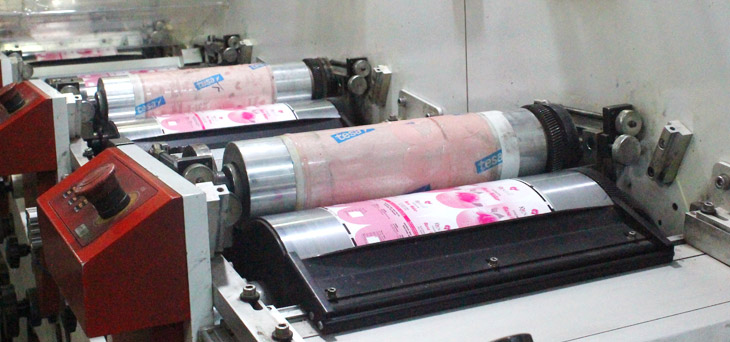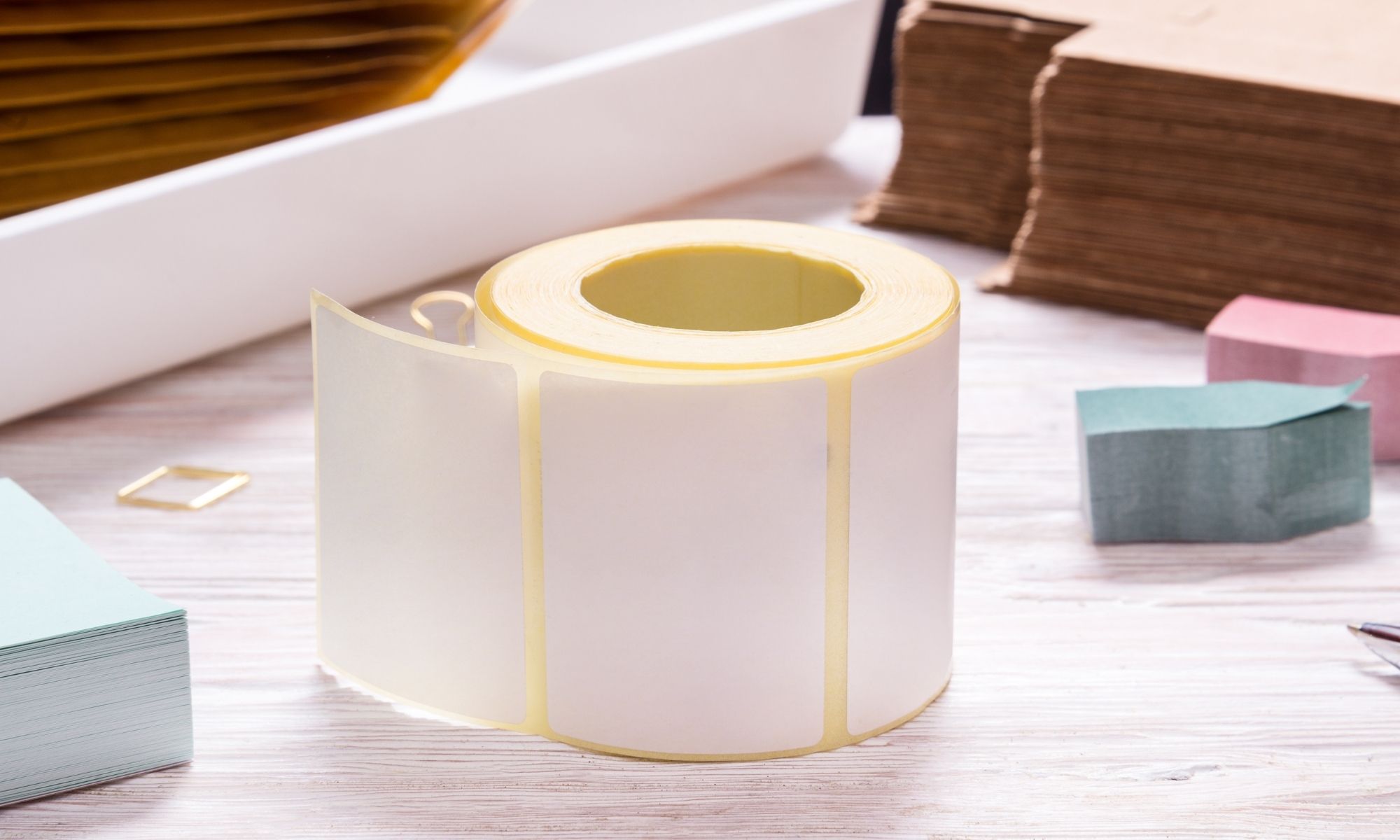Welcome! If you’ve ever wondered how to print address labels from Excel, you’re in the right spot. This process is not only straightforward but also incredibly efficient. By the end of this guide, you’ll be capable of turning your Excel data into neatly organized address labels quickly. Whether you’re a marketing professional eager to optimize your workflow or someone looking to tackle a large mailing task, this comprehensive guide has everything you need. Let’s dive in and explore the world of Excel-based label printing with Big Approved Technology.

1. Understanding the Basics of Address Labels
Before exploring the steps, let’s familiarize ourselves with the concept of address labels. These labels are small, lozenge-sized papers that carry important metadata about individuals or businesses. They come in various sizes and are typically used to streamline mailing processes. In this guide, we will harness the power of Excel to create these labels efficiently. For further details, consider visiting our Different Types Of Printing page.
2. Why Use Excel for Printing Labels?
Excel offers a simple and precise way of managing large sets of data. From sorting lists to exporting data, it covers everything. By learning how to print address labels from Excel, you can take advantage of these Terrific Advantages:
- Efficient management of contact information
- Easier updates for mailing lists
- Reduced errors and increased accuracy
2.1 Preparing Your Excel Spreadsheet
The first step in creating labels is to prepare your Excel sheet correctly. Each column should represent a different category of information, such as First Name, Last Name, Address, City, and ZIP Code.
3. Selecting the Right Printing Software
Choosing the correct Printing Software is crucial for a seamless transition from data in Excel to printed labels. Most word processing programs, such as Microsoft Word, offer a built-in mailing feature that can create address labels from your Excel data. For optimized results, visit Create Labels with Word.
4. Mail Merge: Your Best Friend
The Mail Merge feature in Microsoft Word is an efficient tool for creating labels. Here’s a straightforward process:
4.1 Initiating Mail Merge
To kick off, open Microsoft Word, navigate to ‘Mailings’ and select ‘Start Mail Merge’ followed by ‘Labels’. Choose your label brand and product number for appropriate formatting. Selecting the correct product number ensures that your labels print with the correct dimensions.
4.2 Importing Excel Data
Upon setting your label parameters, select ‘Select Recipients’, and choose ‘Use an Existing List’. Locate and select your Excel document, then, within the ‘Select Table’ dialog box, choose the specific sheet containing your data. Remember to check the box indicating your list contains headers.
4.3 Placing Merge Fields
Within your label, select ‘Insert Merge Field’ to place the relevant data points, such as the recipient’s name and address. Arrange these fields according to your preferences and ‘Update Labels’ to apply your changes consistently across all labels.
5. Finalizing Your Labels
At this stage, click ‘Preview Results’ to view your labels as they will appear once printed. Any adjustments can be made swiftly before you decide to ‘Finish & Merge’ and either print the labels directly or save them for future use.
5.1 Printing Your Labels
Print a test label page to ensure everything aligns correctly. Afterward, place your label sheets into the printer, ensuring they are correctly positioned, and proceed to print. For more information, Ideal Printer for Label Printing this might prove helpful.
6. Addressing Common Issues
Even with the most efficient software, problems may arise. Here are some common issues:
- Misalignment: Ensure label settings match your paper size.
- Missing Data: Double-check Excel data before starting.
- Printer Jams: Use high-quality label sheets to avoid jams.
Maintaining an updated Excel document makes printing address labels an enjoyable task rather than a chore. Ensure to use compatible labels and correct printer settings to refrain from any mishaps. For printer compatibility, refer Xerox Printer Support guide.
7. Maximizing Efficiency with Large Mailing Lists
When dealing with substantial mailing lists, your most significant challenges will be curbing errors and ensuring speed. A well-prepared Excel document is instrumental in achieving these objectives.
7.1 Tips for Updating Excel Spreadsheets
Regularly updating your spreadsheets guards against outdated or incorrect addresses. Utilize Excel functions to identify potential discrepancies, much like you would with other Technology Tools used for data management.
8. Embracing New Printing Advancements
Technology Approved Methods are a boon to printing addresses. Innovations such as cloud printing or mobile printing open new horizons for professionals looking for flexible solutions.
9. Celebrating Success: Your Guide to Celebratory Tips
Once you’ve mastered how to print address labels from Excel, you can take pride in your new skill! Not only does it save time, but it also gives you more control over how you interact with your customer base.
To take your skills further, why not explore other types of labels? Visit our guide on Tagless Heat Transfer Labels.

FAQ – Commonly Asked Questions
1. What software is needed to print address labels from Excel?
Most users utilize Microsoft Word alongside Excel for the Mail Merge function, simplifying the process of creating address labels after importing data.
2. How can I prevent label misalignment issues?
Ensure your label dimensions in Word match the actual size of your label sheets. Running test prints on regular paper can also help identify alignment issues before using your labels.
3. Is there any way to save time on large mailings?
Maintaining an organized and updated Excel list ensures reduced errors and quicker processing especially when utilizing the Mail Merge feature in Word.
As an Amazon Associate, I earn from qualifying purchases.
As an Amazon Associate, I earn from qualifying purchases.